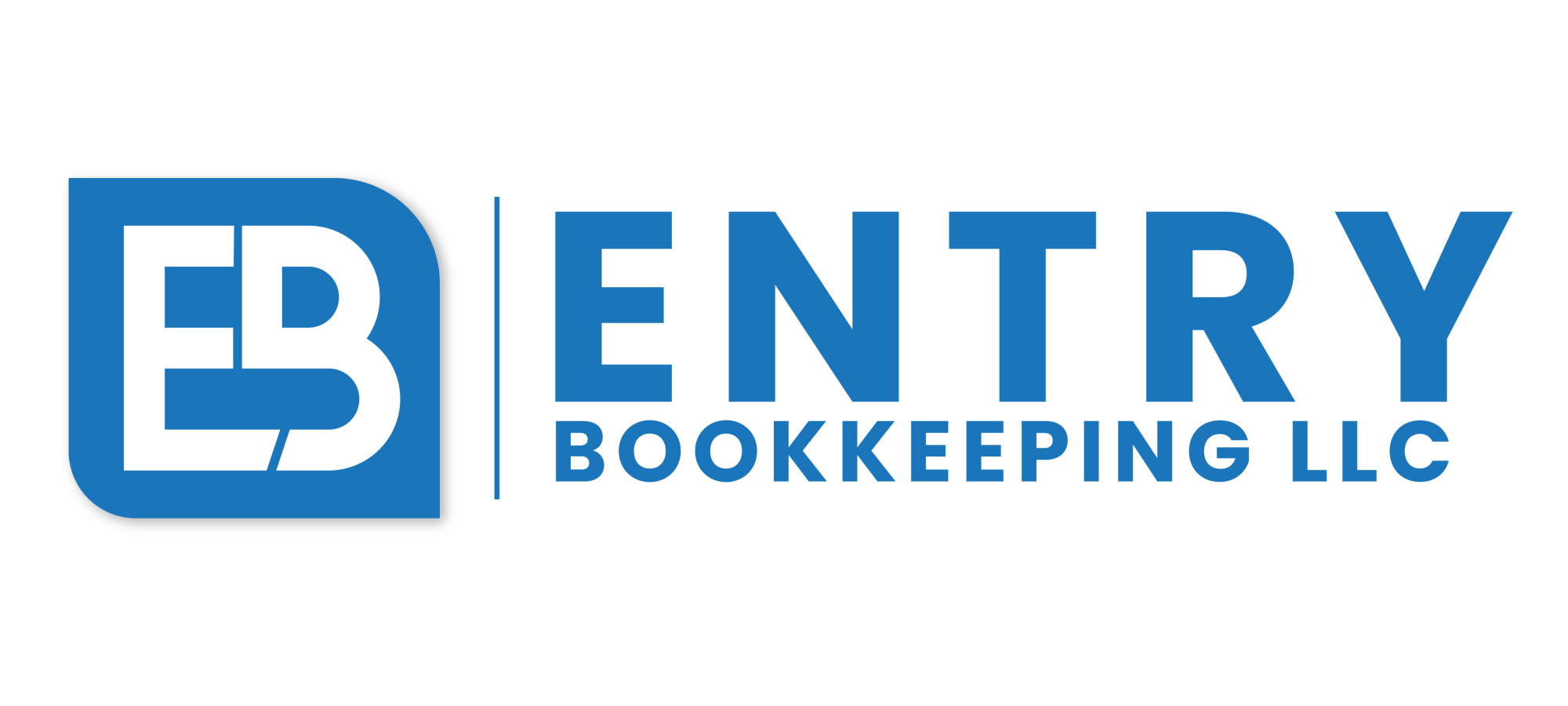Nevertheless, when it comes to the debt, it also leads to higher financial risk and loss. Consistent example of managerial actions is when companies with steady cash flows repurchase value through dividends. A high ROE in these firms shows that the firms have efficiently utilized the shareholder’s capital. It also displays the ability of management in reinvesting profits back to activities of growth and this is crucial for operation in the long run for shareholders.
Market analysis for today: EUR/USD, GBP/USD and XAU/USD in focus.
Lastly, if the firm’s financial leverage increases, the firm can deploy the debt capital to magnify returns. DuPont analysis is covered in detail in CFI’s Financial Analysis Fundamentals Course. In this case, preferred dividends are not included in the calculation because these profits are not available to common stockholders. Return on equity tells you how efficiently a company can generate profits.
- ROE is determined by measuring the proportion of net profit (from the Profit and Loss Statement, PL) relative to shareholders’ equity (from the Balance Sheet, BS).
- Put simply, a company’s financial performance can tell you how healthy it is and whether it is financially sound.
- Contracts for Difference (CFDs) are leveraged products and carry a high level of risk.
- By delving into a company’s ROE, you understand how efficiently a company employs the capital invested by its shareholders to generate profits.
- While it varies by industry, an ROE of around 10% is generally considered a benchmark for a well-managed company.
Growth potential and reinvestment decisions
At its core, ROE is a ratio that quantifies the return achieved for each dollar of shareholders’ equity. It provides a concise snapshot of a company’s prowess in generating earnings from the funds contributed by its shareholders. ROE emerges as a pivotal benchmark for investors, empowering you to assess the efficiency with which a company allocates resources to create value. In financial analysis, a higher ROE generally indicates that a company is more effective at using equity financing to create profits and growth. However, ROE should be compared to industry averages and examined alongside other financial metrics for a comprehensive assessment.
Why ROE matters
- Note that our analysis may not factor in the latest price-sensitive company announcements or qualitative material.
- These drivers are the building blocks of financial analysis, providing a comprehensive toolkit to dissect and interpret a company’s ROE’s significance.
- Investors often look at ROE alongside the company’s reinvestment rate to assess future earnings potential.
- A high ROE means a company is more effective at producing profits relative to equity.
- Return on equity tells you how efficiently a company can generate profits.
- The asset turnover ratio signifies that assimilating more sales revenue per asset signifies good use of resources.
Aggressive revenue recognition, asset revaluation, or alterations in equity components can artificially inflate ROE. Overcoming this limitation means scrutinizing financial statements for consistency, transparency, and adherence to accounting standards is essential to detect and unravel potential manipulation. While a high ROE might suggest strong profitability, it could stem from considerable leverage, increasing financial vulnerability.
To estimate future growth rates, multiply ROE by the retention ratio (the percentage of net income reinvested). What investors generally see as a negative indicator is if ROE is declining. This can suggest declining revenues, rising costs, or increased shareholder equity due to excessive dilution. A higher ROE suggests that your company is efficiently using shareholder capital to generate profits, while a lower figure might indicate inefficiencies.
ROE’s Insights and Imperfections
It is important to consider other financial factors alongside ROE when evaluating a company. Enter your email address to learn more about using beta to protect your portfolio. Global variations in accounting standards introduce complexities to cross-border ROE comparisons. Diverse recognition methods, reporting standards and treatment of items like intangible assets emphasize the importance of context when interpreting ROE. Sudden and unexplained shifts in ROE should not merely raise eyebrows; they may unveil a shadowy realm of accounting irregularities and manipulation.
There are several key financial metrics that can help you determine whether a business is performing well or isn’t living up to industry standards. One of the figures that many analysts and investors use is the return on equity (ROE). In this article, we look at what ROE is, how to calculate it, and how it’s used when analyzing companies. Remember, ROE offers a snapshot of a company’s efficiency in generating profit from shareholders’ equity, but it can’t provide a comprehensive view of operational prowess or future prospects.
How to Calculate Pre-Tax Profit With Net Income and Tax Rate
That’s why ROE is one number that legendary investor and Berkshire Hathaway CEO Warren Buffett often discusses when he is talking about strong businesses. “You’ll seldom see such a percentage anywhere, let alone at large, diversified companies” with no debt, he said. The best businesses direct materials and examples and the most skilled management teams will typically produce a consistently high rate of return on common stock equity.
ROCE vs ROE – Breaking down the key differences
This reflects effective utilisation of capital to create shareholder normal balance for sales value. Understanding this metric can empower you to make informed investment decisions. Let’s break down the calculation and explore why it matters for your portfolio.
This percentage that is arrived at by this calculation assists the analysts to compare how the company is faring as concerns the investment made by the shareholders. The ROE of 25% means that for every dollar of equity invested by shareholders, the company generates 25 cents in profit. A ROE of 25% is exceptionally strong and shows efficient use of equity to create returns.
This determines the proportion of assets that are used in producing the sales revenue of a firm or organization. The asset turnover ratio signifies that assimilating more sales revenue per asset signifies good use of resources. The rate of return is flexible and can be applied across different asset classes, but it is more general than ROE and does breakeven point bep definition not focus on the profitability derived from equity alone. Explore how corporations authorize and calculate issued shares through market cap and balance sheet methods. Consistently high rates of return on equity are unusual in the business world. In fact, Home Depot’s 68% figure puts it in the top 3% of the 500 companies that make up the S&P 500 index.
This is an important measurement for potential investors because they want to see how efficiently a company will use their money to generate net income. Return on equity is considered a gauge of a corporation’s profitability and how efficiently it generates those profits. The higher the ROE, the more efficient a company’s management is at generating income and growth from its equity financing. ROA measures a company’s profitability relative to its total assets, whereas ROE focuses solely on equity. Net Income represents the total amount of profits earned by the company after all costs which includes depreciation and operating expenses, taxes and interest have been met and deducted respectively. Shareholders’ Equity as used in any organization means the total amount of equity which belongs to the shareholders, and it is normally shown in the balance sheet of the company.


